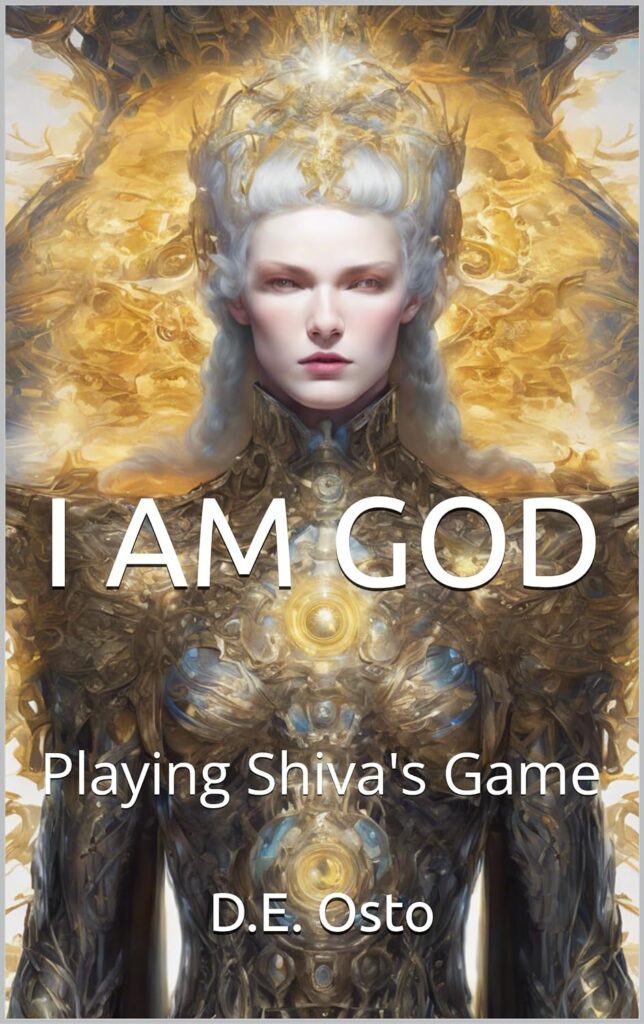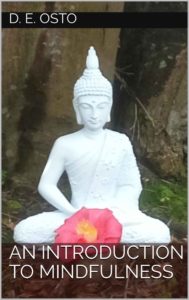I AM GOD: Playing Shiva’s Game
In Nondual Shaivism, they have a saying, “I am Shiva” (in Sanskrit śivo >ham). In this system Shiva is God, the supreme being, absolute consciousness. He is the eternal, omniscient, omnipotent, and omnibenevolent being, who creates, sustains, and destroys the universe. Moreover, He is not separate from the universe. The universe is the divine vibration (spanda) of his consciousness in the form of his power, Shakti (śakti). Like fire is to flame, so Shiva is to Shakti – they are ultimately one. Shakti is the Goddess, the Great Mother of all. It is through their sexual union that the universe of space, time, and becoming arises. Thus, to declare, “I am Shiva” is the same as saying, “I am God,” the ultimate conceit.
Modern Samkhya: Ancient Spirituality for the Contemporary Atheist.
The ancient philosophy of Sāṃkhya can be applied to modern life in a number of valuable ways. Rather than becoming overly concerned with the metaphysics of the system, Sāṃkhya can be seen as a psychological tool to overcome suffering. Through rigorous philosophical and psychological analysis, a person can learn to detach or disassociate from the psychophysical entity, and realize witness consciousness or what I refer to as the transcendental subject.
Buy now on Amazon: ebook or paperback.
Reviews of Modern Sāṃkhya:
Want to explore an ancient Indian philosophical tradition and destress all at the same time? Dee Osto’s short but intriguing book on Sāṃkhya gives you a crash course in this influential philosophical tradition from India’s axial age. The aim of these ancient philosophers was to uncover the true nature of reality while at the same time discover its relationship to consciousness. Using excellent metaphors – the flashlight in the darkened warehouse is a great way to explain our perception of the world – these complex ideas at the heart of Sāṃkhya are made clear. But Osto not only explains the philosophical system of Sāṃkhya, he makes it relevant to modern anxieties and pressures. The author shows us through some simple questions … meditations … or simply thought exercises for the non-meditators … that the disconnect between self and world that Sāṃkhya offers is a way to see past the worldly pressures and sorrows and attain an understanding that you are not your pain, you are not your problems, you are not your desires, but an observer caught up in the well … worldliness of the world.
(Dr Martin Paviour-Smith, PhD)
Even good philosophical books can often slide you to hibernation, although in most cases it’s the reader at fault. But this book does not belong to that category. I could not put it down until I had one go at it from cover to cover. There are several narrative styles used to entice the reader. Overlapping circles help to demonstrate the boundary and intersection of terminologies. Tabulated data and pie charts aid quick comprehension. But the exercises provided to experience Samkhya in reality are my favorite (Added to my To-do list). I believe the author’s profession as a teacher and a meditation practitioner are important reasons behind this lucidly written book.
(Jose Ranjit from In Search of ‘I’)
Mindfulness Made Easy: A Step-by-Step Guide
This short, easy-to-read book gives you everything you need to begin your practice of mindfulness meditation. Combining his thirty years of meditation and teaching with his own life experience, the author details how to apply the principles of mindfulness to everyday life, overcome negative beliefs, and live a happy and more fulfilling life. The book includes six different mindfulness exercises and links to free audio files for use in guided meditation.
To buy the Kindle version, click here.
To buy the paperback, click here.
Minding the Black Dog: Overcoming Depression with Mindfulness Meditation.
Minding the Black Dog is a short, engaging book about how to use mindfulness to overcome depression. Combining their thirty years of meditation and teaching with de’s own life experience, the author details in six short chapters how to apply the principles of mindfulness to cope with negative core beliefs and negative emotions from depression. The book includes six different mindfulness exercises and links to free audio files for use in guided meditation. The author concludes with a chapter on how mindfulness can be used to go beyond mental health to achieve one’s goals, fulfilling one’s dreams, and live a rewarding and spiritual life.
Review on Amazon.com:
Doug Osto’s Minding the Black Dog is a great resource and guide for those dealing with depression, the “black dog.” It starts from the broad points, but works into using Buddhist teachings on mindfulness to face this problem. I understand that the author is himself both a scholar of Buddhism and also a practitioner. It shows. The points and arguments made are well grounded in Buddhist thought and clearly presented. More importantly, I feel, he has heart. This is not a dry academic treatise, but a heartfelt guide from someone who really seems to know what he’s talking about. If you’re ever faced the black dog, particularly if you have an interest in Buddhist or other forms of meditation, this is the book for you. Highly recommended!
Buy kindle version on Amazon click here. For paperback click here.




